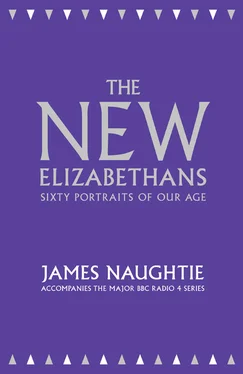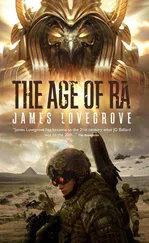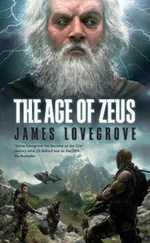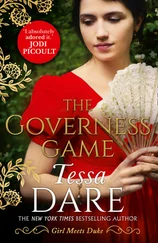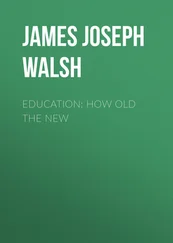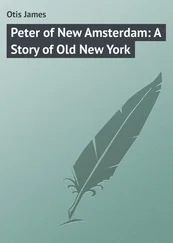
Picture Section
Introduction: Our Age
Edmund Hillary
Elizabeth David
Graham Greene
Michael Young
Vladimir Raitz
Francis Crick
Doris Lessing
Alan Sainsbury
Alfred Hitchcock
Laurence Olivier
Benjamin Britten
Dorothy Hodgkin
Harold Pinter
Richard Doll
Tony Hancock
Philip Larkin
Barbara Windsor
Lord Denning
Paul Foot
Francis Bacon
John Lennon and Paul McCartney
Margot Fonteyn
Peter Hall
Terence Conran
Enoch Powell
Cicely Saunders
Basil D’Oliveira
George Best
Germaine Greer
Robert Edwards
Jack Jones
Roald Dahl
David Bowie
Talaiasi Labalaba
Jocelyn Bell Burnell
Roy Jenkins
Vivienne Westwood
Jayaben Desai
Stuart Hall
David Attenborough
Margaret Thatcher
David Hockney
Billy Connolly
Ralph Robins
Amartya Sen
Salman Rushdie
Anita Roddick
Norman Foster
Charles Saatchi
Goldie
John Hume and David Trimble
Doreen Lawrence
Tim Berners-Lee
Diana, Princess of Wales
Alex Salmond
Tony Blair
Fred Goodwin
Rupert Murdoch
Simon Cowell
The Queen
Acknowledgements
Copyright
About the Publisher
Picture Section
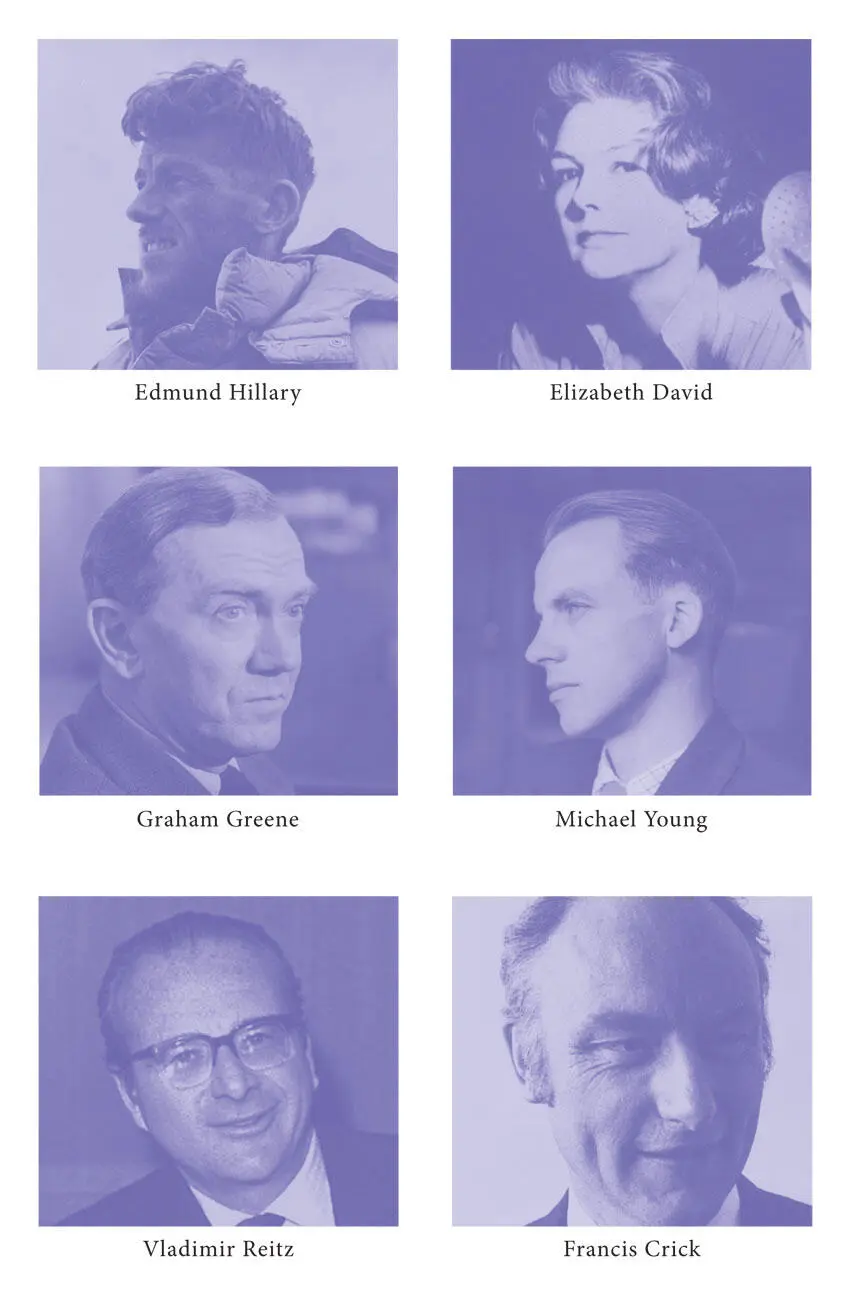
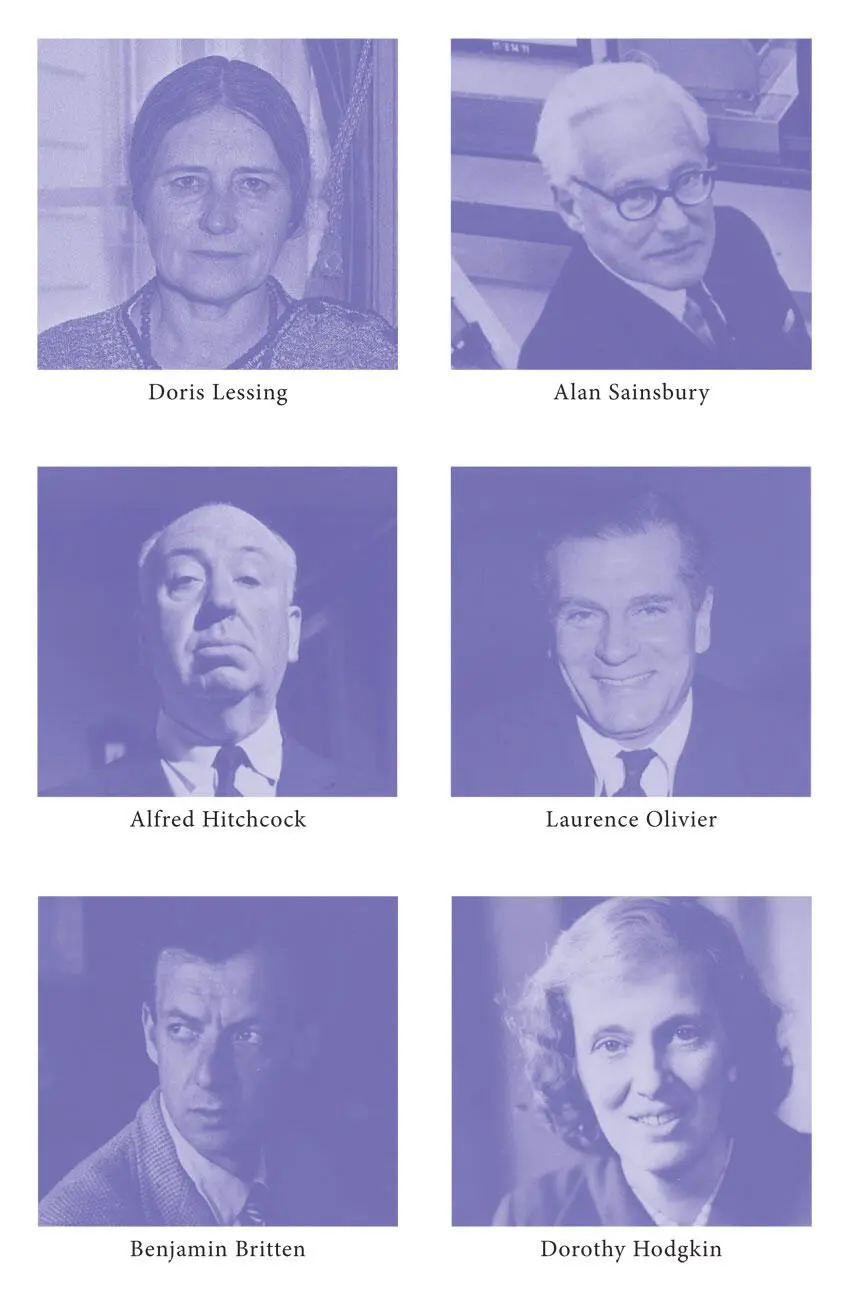
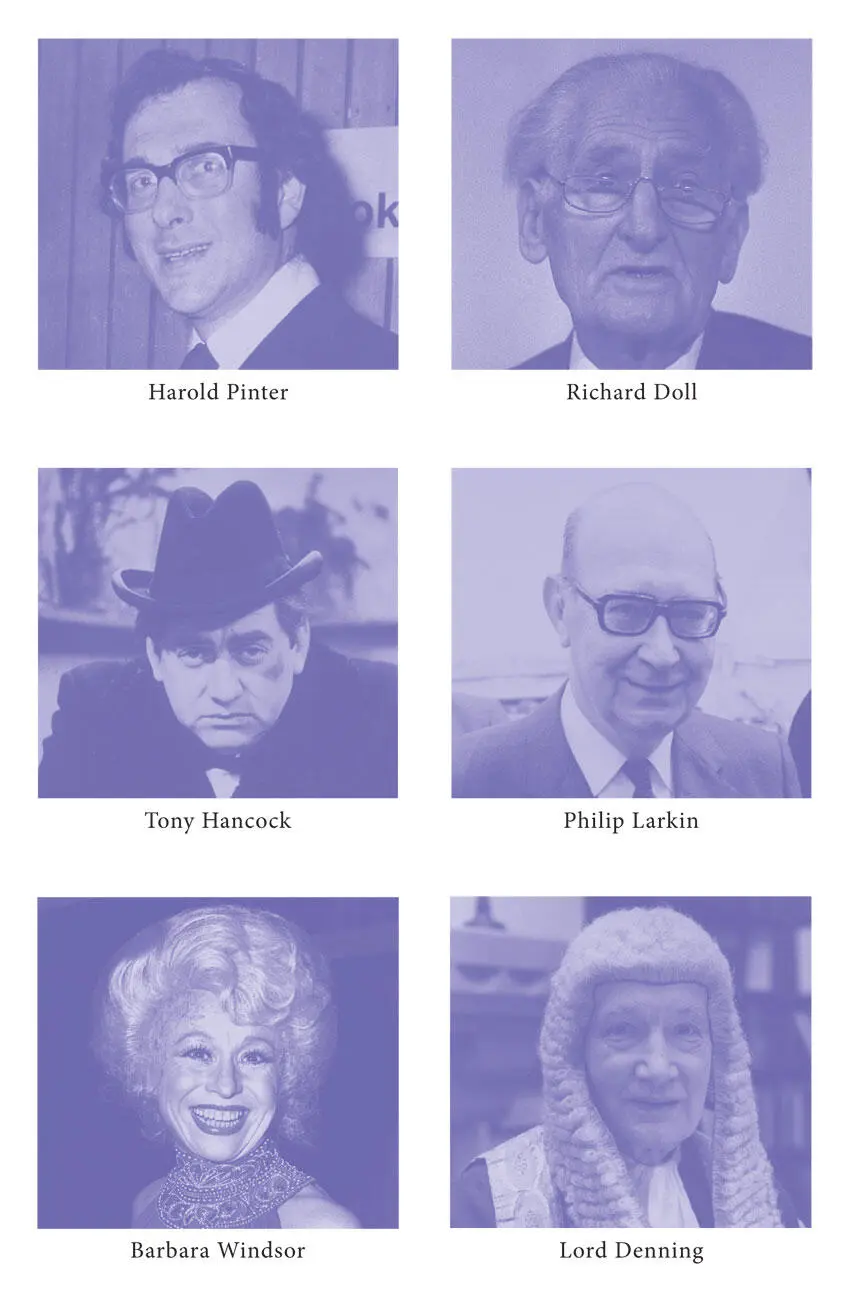
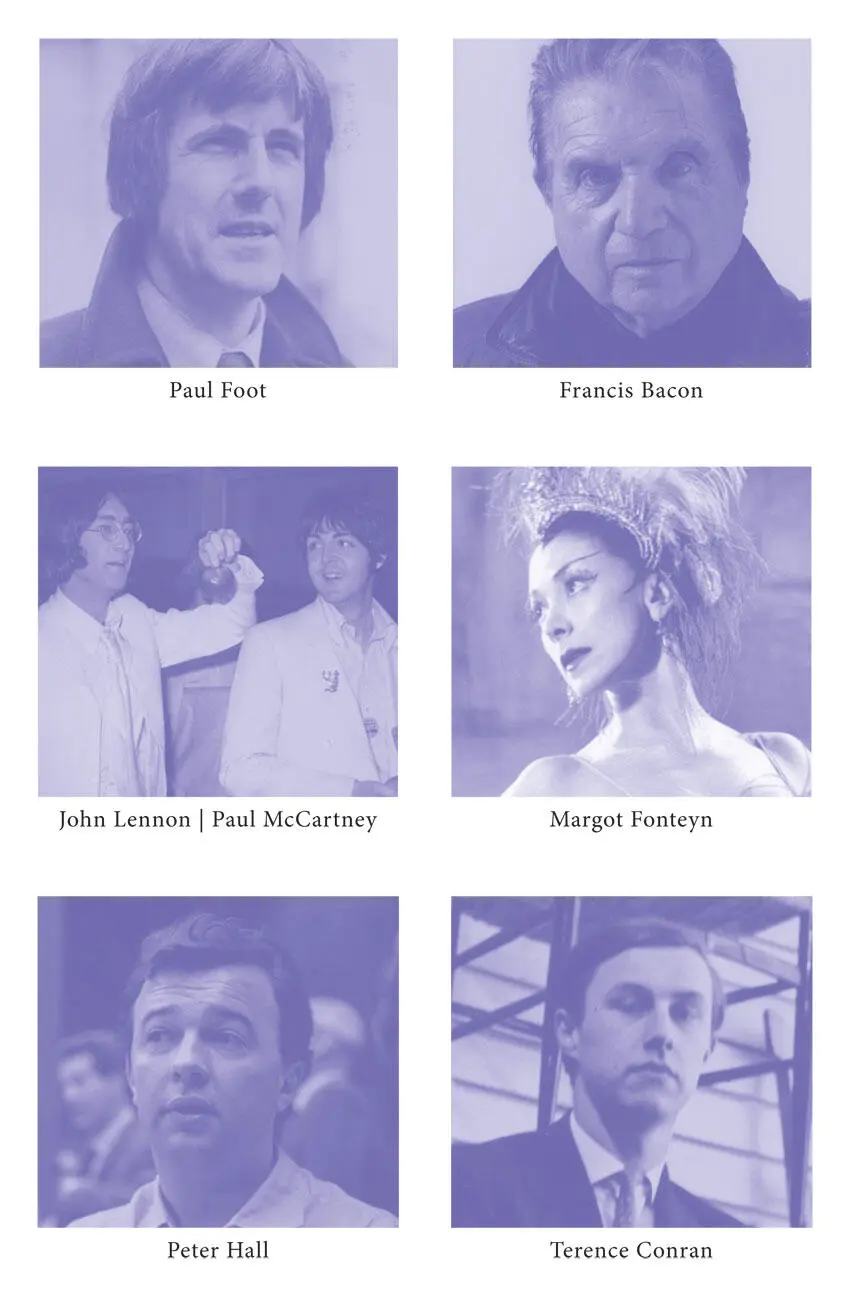
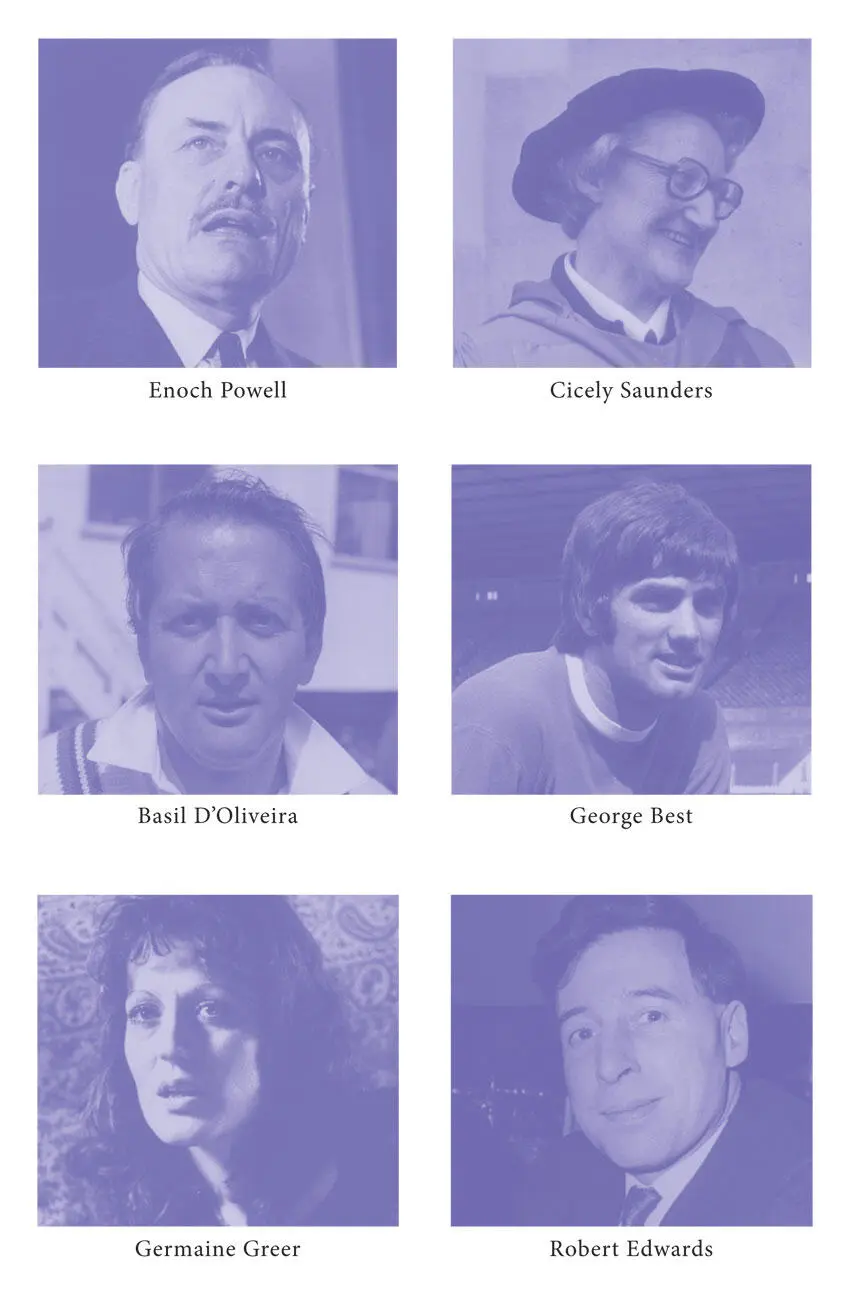
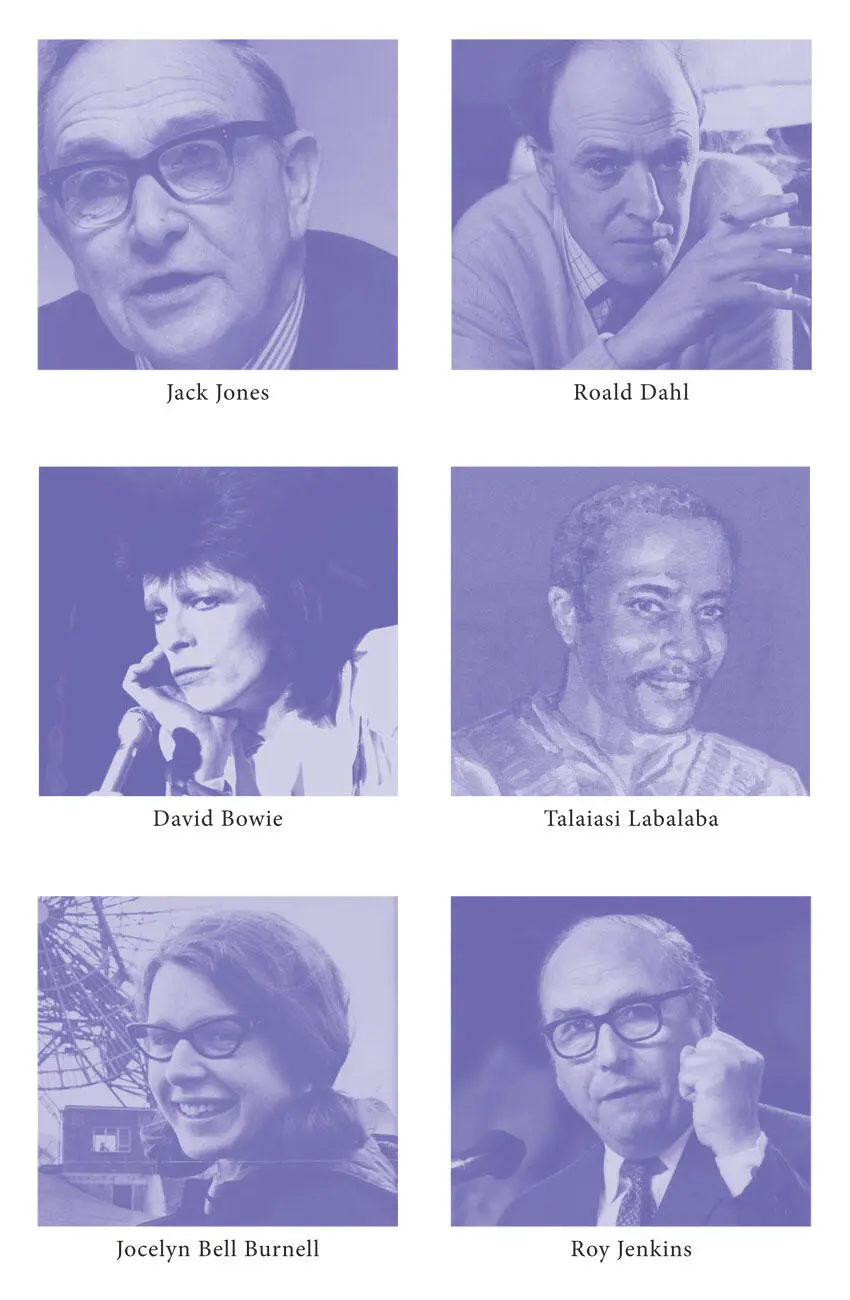
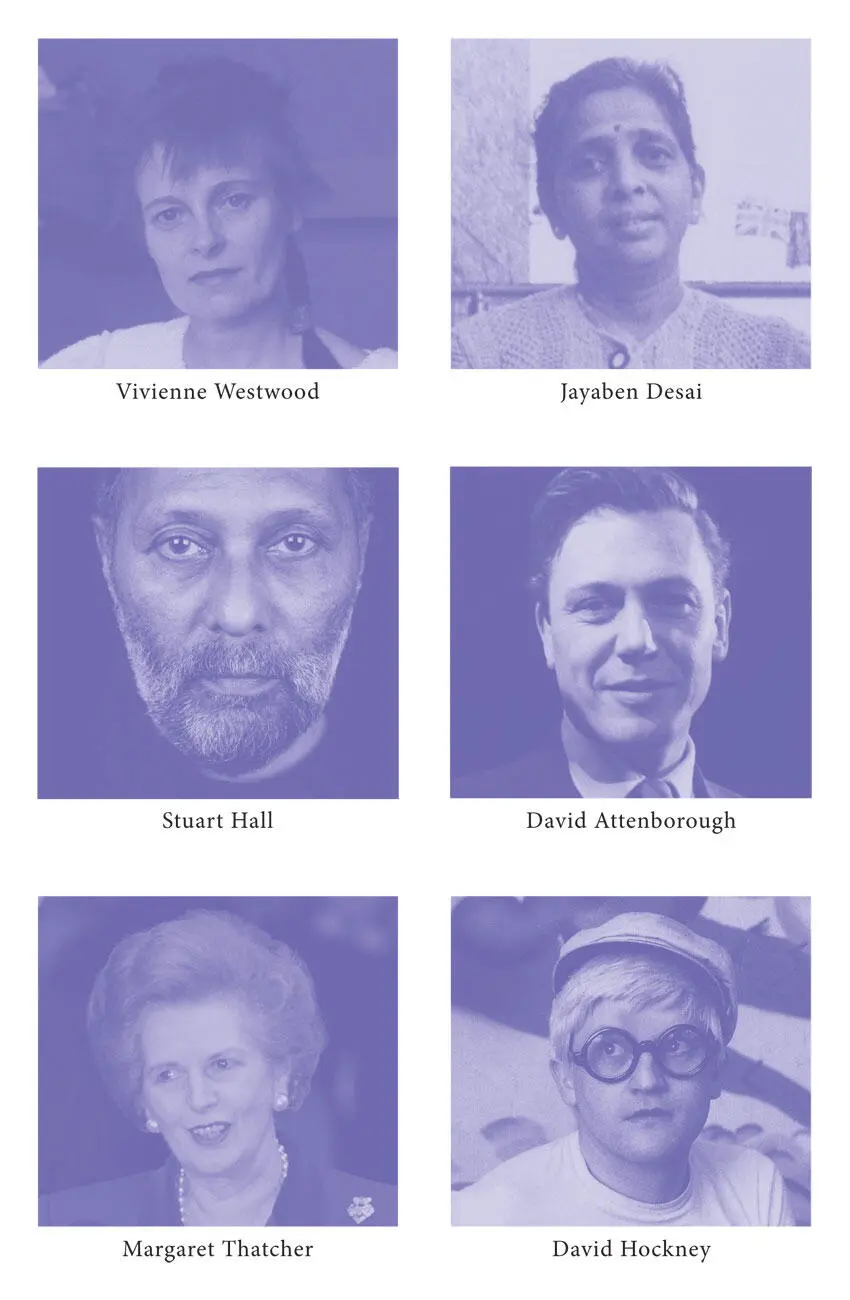
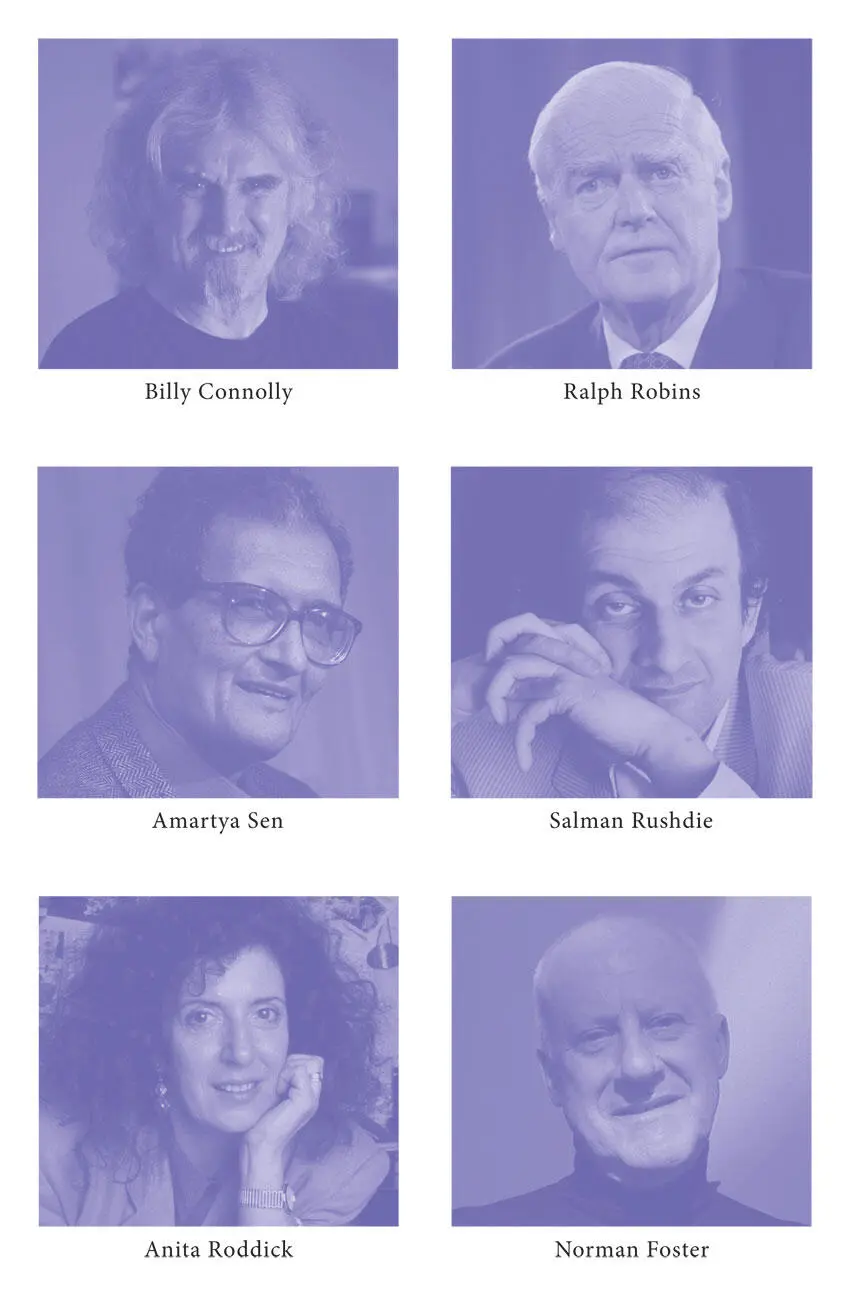
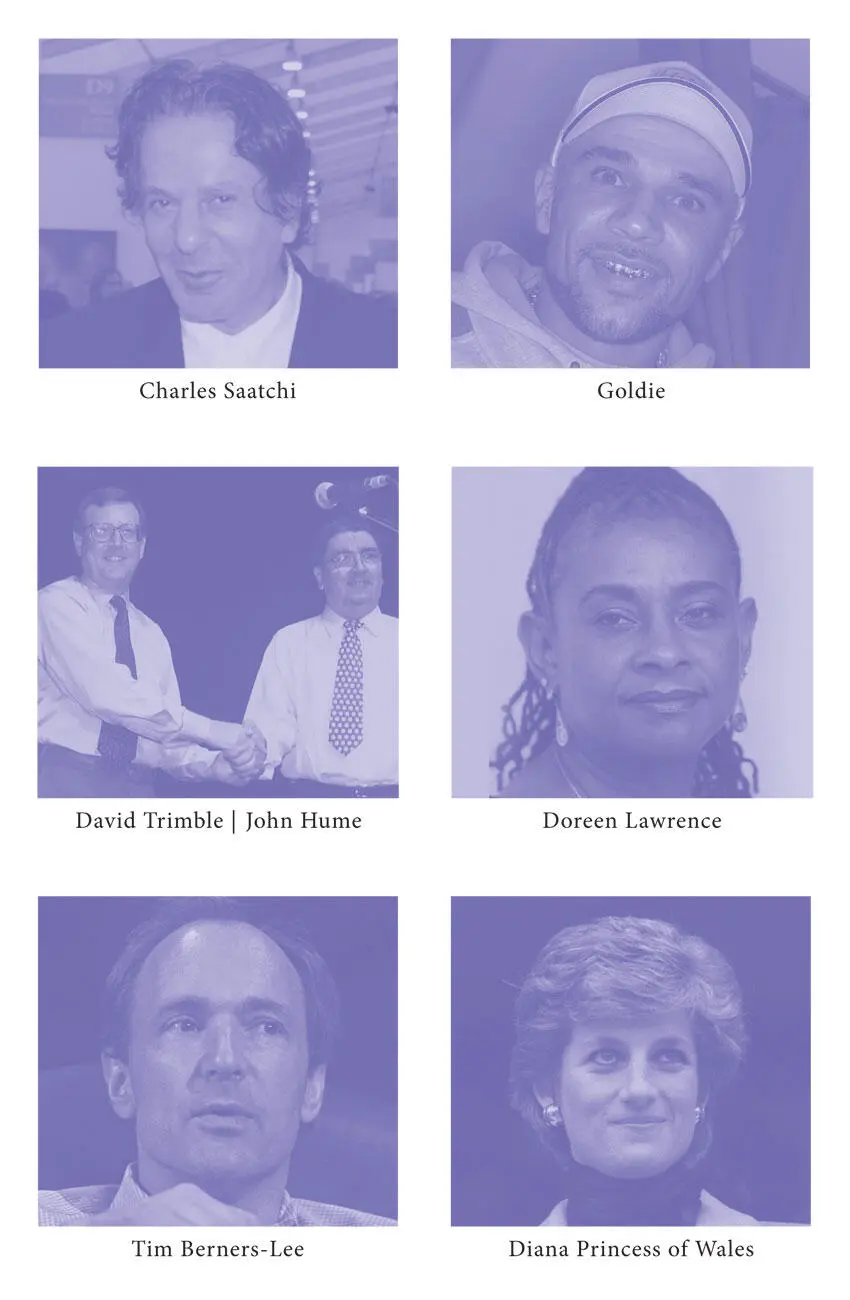
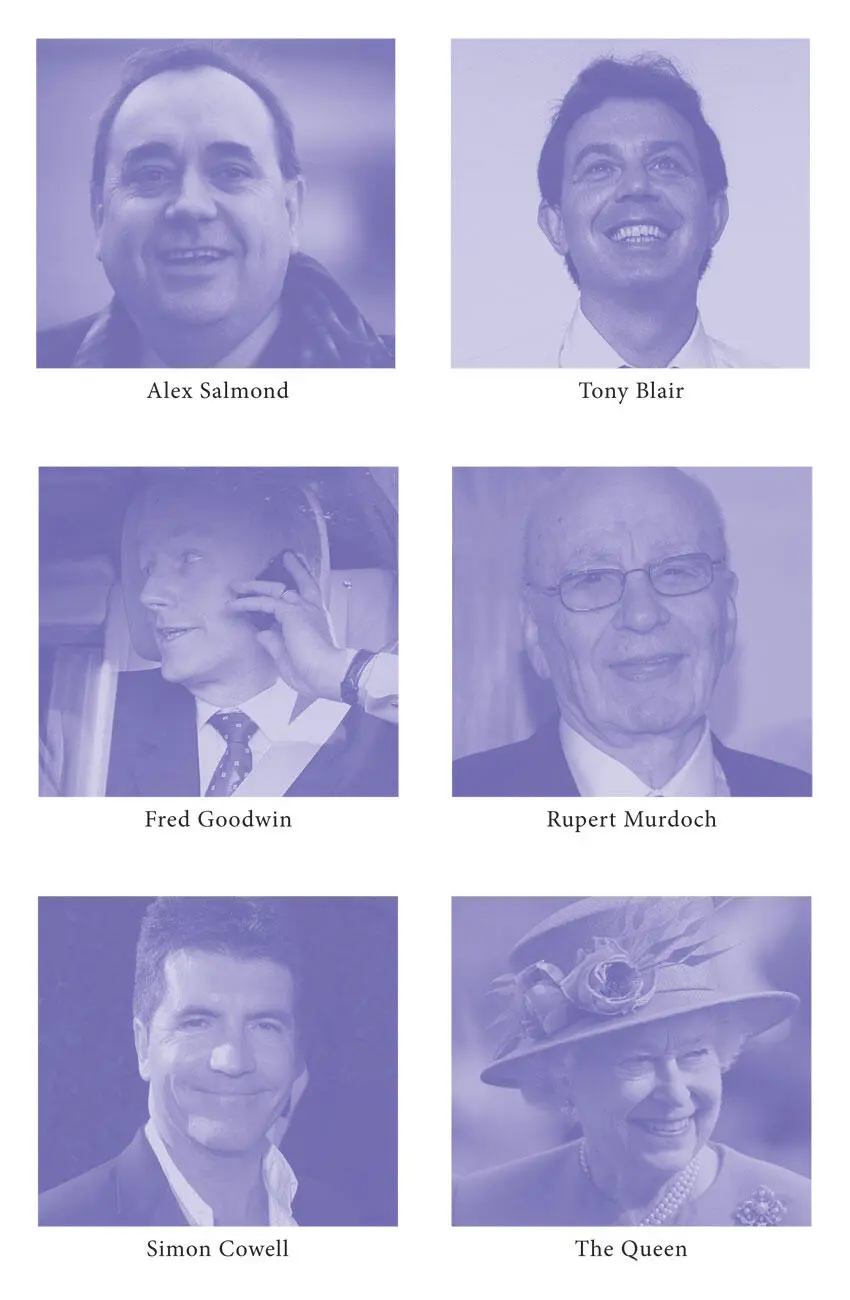
When the Olympic Games opened in London for the third time in the modern era, there was a surprising outburst of national self-confidence. It was unexpected because a weary habit of apology seemed to have taken hold, over the course of many years, and the relentless flow of dark economic news, rolling in with every tide, might easily have sapped any appetite for celebration. But no. The summer of 2012 turned out to be a festival of confidence, stirring up memories of a time when the country had a sharper sense of itself, and when we imagine that the trains ran on time. Maybe that belief in resilience will turn out to have been another self-deception, but with the coincidence of the Diamond Jubilee to give the era a time-frame, there seemed to be a surprising amount to cherish from years that could too easily add up to an age of decline.
These sixty portraits are reminders of some of the people who shaped these decades, and whose voices were the soundtrack that we all heard. They take us back to the early fifties, and the last days of wartime rationing, into the tumult of the sixties, and then through years that swung from economic crisis to seasons of optimism, and back again.
These people made their mark in a time when our feeling for the past was shot through with self-doubt. In an era of change, when national ingenuity would be tested, a fear of weakness began to spread. British governments since the fifties have had to deal with the awkwardness of an imperial legacy which bequeathed powers that were often illusory. Economic power waned, and the currency – always a token of national strength – shrivelled with the growth of more prosperous rivals. On Coronation Day in 1953, a pound bought nearly twelve Deutschmarks; forty years later, it would get you two and a half. The Royal Navy at the start of the twenty-first century seemed like a flotilla compared with the armada that might have assembled to mark the end of the war in Europe in 1945. And in this new century, after the long era of American dominance, all Europe was preparing for the economic and political consequences of a decisive shift in power to the East. It is natural in an atmosphere of such relentless transition to search for solid ground, and footholds that will guarantee some respite and a chance for reflection.
The subjects of these portraits are useful guides, because their feats – and, of course, their failures – are a reminder of the character of our time. They explain why we were inspired or deflated, why we laughed or wondered, how the age of deference gave way to the culture of youth, how a Prime Minister at the end of the twentieth century could find himself going to war more often than we could have imagined, how the banks imploded, and how a princess could still be turned into a fairy tale in an unbelieving age. They take us into the sunny days that we like to remember, and the shadows too. This is no history, only an album of snapshots of people caught on the run. But together they make up a flickering home movie that is an authentic picture of six decades.
When BBC Radio 4 decided to try to assemble a gallery of New Elizabethans – in sixty portraits, to match the span of the Queen’s reign – it was obvious that they could not be a definitive list of the best and brightest who might be listed in some longer version of the Order of Merit. This would be a selection to represent the contours of the age. They would be from academe and business, politics and science, high culture and entertainment. They had to represent the torrents and the calm of these years, some of the surprises as well as the established achievements. Radio 4 listeners responded to the challenge in their customary spirit, nominating about a thousand individuals in all – many with massive support – and the sifting began.
A panel was brought together with the aim of focusing shafts of light on the list from different perspectives. Tony Hall (Lord Hall of Birkenhead), chief executive of the Royal Opera House and chairman of the Cultural Olympiad 2012, supervised its proceedings with admirable calm. The members were, in alphabetical order: Sally Alexander, Professor of Modern History, Goldsmiths, University of London; Dr Jon Agar, Senior Lecturer in Science and Technology Studies, University College London; Bamber Gascoigne, writer and broadcaster, creator of the Timesearch website, and polymath; Sir Max Hastings, historian and former editor of the Daily Telegraph and London Evening Standard ; Dr Anna-Maria Misra, Lecturer in Modern History, Keble College, Oxford; Dominic Sandbrook, historian.
Читать дальше
